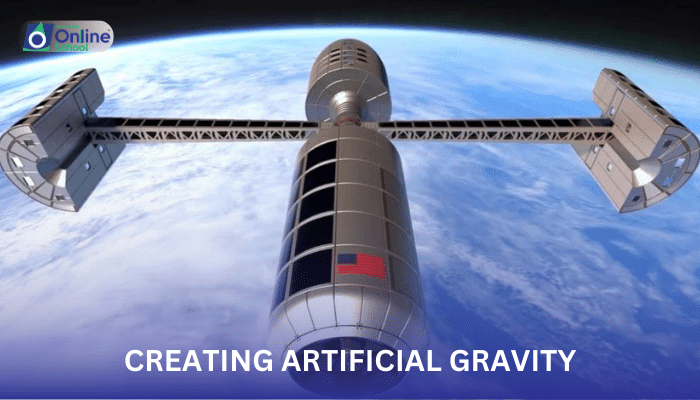
Learning Outcomes
i. Comprehend the concept of artificial gravity, recognizing it as a means of creating a gravitational-like force in space environments.
ii. Explore various techniques used to simulate gravity in space, including rotating spacecraft, centripetal force, and magnetic levitation.
iii. Understand the importance of artificial gravity for long-term space missions, preventing health issues associated with prolonged exposure to microgravity.
iv. Appreciate the challenges and potential solutions involved in creating artificial gravity systems for future space exploration.
v. Apply the concept of artificial gravity to real-life scenarios, such as space habitats and long-duration space travel.
Introduction
As humans venture further into the cosmos, the challenges of prolonged exposure to microgravity, the absence of weight, become increasingly apparent. Astronauts experience bone loss, muscle atrophy, and other health issues that can limit their ability to function effectively in space. To address these concerns, scientists and engineers are exploring ways to create artificial gravity, replicating the effects of Earth's gravity in space environments.
i. Rotating Spacecraft: A Spinning Path to Gravity
One promising approach to artificial gravity involves rotating a spacecraft. As a spacecraft spins, the centrifugal force generated by its rotation mimics the gravitational force, pulling objects towards the outer walls of the rotating structure. This inward force provides a sensation similar to weight, counteracting the effects of microgravity and potentially mitigating its negative impacts.
ii. Harnessing Centripetal Force: Gravity without Rotation
Another method for simulating gravity involves utilizing centripetal force, the force that keeps objects moving in a circular path. By accelerating a spacecraft along a curved trajectory, such as a large orbit around the Earth or the Moon, centripetal force can be generated, providing a gravitational-like effect similar to that experienced on Earth.
iii. Magnetic Levitation: A Floating Force
Magnetic levitation, the use of magnetic fields to suspend objects in mid-air, offers a unique approach to artificial gravity. By positioning magnets strategically within a spacecraft, objects can be levitated, creating a sensation of weightlessness similar to that experienced in space. This technique holds potential for creating localized areas of artificial gravity while allowing astronauts to move freely within the spacecraft.
iv. The Imperative of Artificial Gravity
The development of artificial gravity systems is crucial for enabling long-duration space missions. Extended exposure to microgravity can lead to a range of health problems, including bone loss, muscle atrophy, and cardiovascular issues. By providing a simulated gravitational environment, artificial gravity systems can help maintain the health and well-being of astronauts during prolonged space travel.
v. Challenges and Solutions: The Road Ahead
Creating artificial gravity systems for space travel presents significant challenges. Rotating spacecraft require large structures and complex control systems, while centripetal force methods may require large orbits or specialized spacecraft designs. Magnetic levitation, while promising, faces limitations in terms of scaling up to a spacecraft-wide application.
Despite these challenges, scientists and engineers are actively pursuing solutions to create artificial gravity systems. Research into advanced materials, innovative design concepts, and improved control systems holds promise for overcoming these hurdles and making artificial gravity a reality for future space exploration.
The quest for artificial gravity is a testament to human ingenuity and our unwavering desire to explore the cosmos. By conquering the challenges of microgravity, we can pave the way for longer, healthier, and more productive space missions, enabling us to expand our understanding of the universe and our place within it.